
Ganeshman Singh: The Man Who Led Nepal’s Fight for Democracy in 1990
The 26th death anniversary of Ganeshman Singh, the Supreme Commander of the people’s movement 1990, is observed today by organising various programmes.
Singh remaining as an epitome of dedication and courage in the Nepali politics demonstrated his exemplary political character by proposing his colleague Krishna Prasad Bhattarai to be the Prime Minister of Nepal after the success of the people’s movement.
Initially, the then King Birendra urged Singh to take the premier post. Born on Kattik 24 of 1972 BS at Chakasibari of Chhetrapati in Kathmandu, he passed away on Asoj 2, 2054 BS (September 18, 1997) at the age of 82. Singh was born in a well-off family in Kathmandu joined the Praja Parishad, the first political association in Nepal, to protest against the autocratic Rana regime.
For his involvement in the anti-Rana campaign, Singh was imprisoned by the government of that time. However, before the year 2007 BS (1950), he successfully escaped from the local Bhadragol jail, a high security prison in Kathmandu, and went into exile in India.
During his exile, Singh was able to establish political relations with another emerging leader of the time, BP Koirala. He played a significant role in providing lifelong leadership to the Nepali Rastriya Congress, which was established in 2003 BS.
Singh, one of the prominent figures of the Birgunj armed struggle, aimed at the restoration of democracy. He was a great follower and supporter of BP. He received high praise for his dynamic leadership for the Nepali Congress.
Singh was the senior minister in the first people’s-elected government in 2015 BS (1959) and had spent eight consecutive years in confinement in the Singha Durbar and the Sundarijal Prison after the then king Mahendra dissolved the parliament and took control of the State power in 2017 BS (1960).
He was released from confinement along with BP in 2025 BS. Following the release from Sundarijal, he utilised the time for extending political organisation while in exile in India. He returned home with BP in line with the policy of national unity and reconciliation. He was handed death sentence along with BP by the then Panchayat system and later was acquitted by the Special Court of all eight charges against him. Singh had played a leading role in the 2038 BS student movement and the referendum as well.
He had devoted him to the 2042 BS Satyagraha movement. Singh known as a resolute and vibrant leader is one of the most-popular leaders and the Supreme Commander of the 1990’s people’s movement.

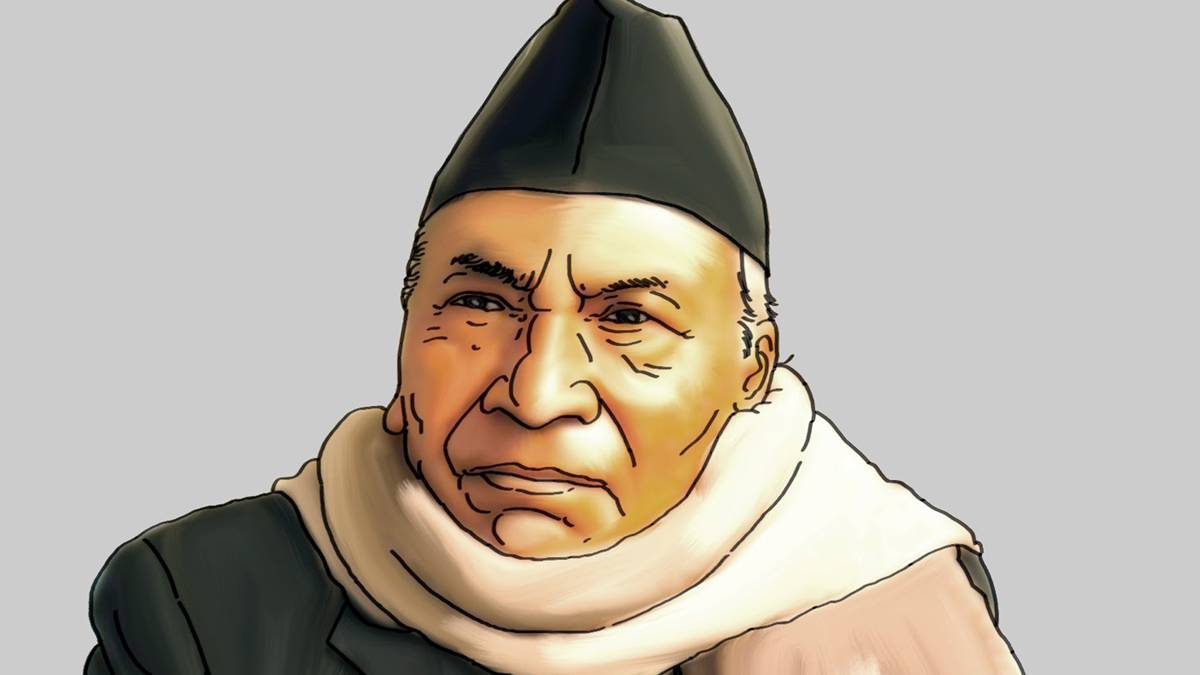


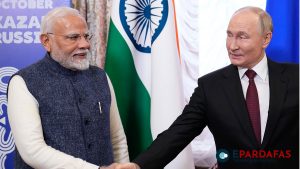
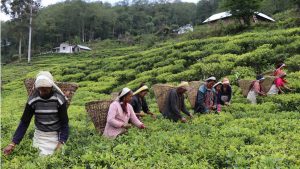
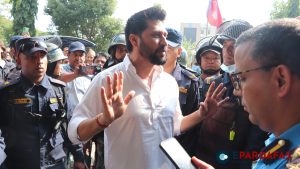
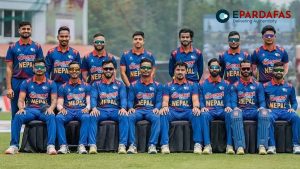

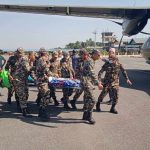

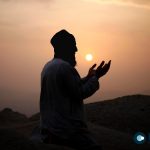
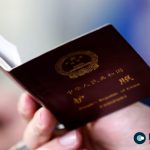
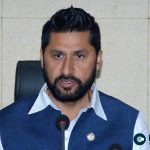
Comments